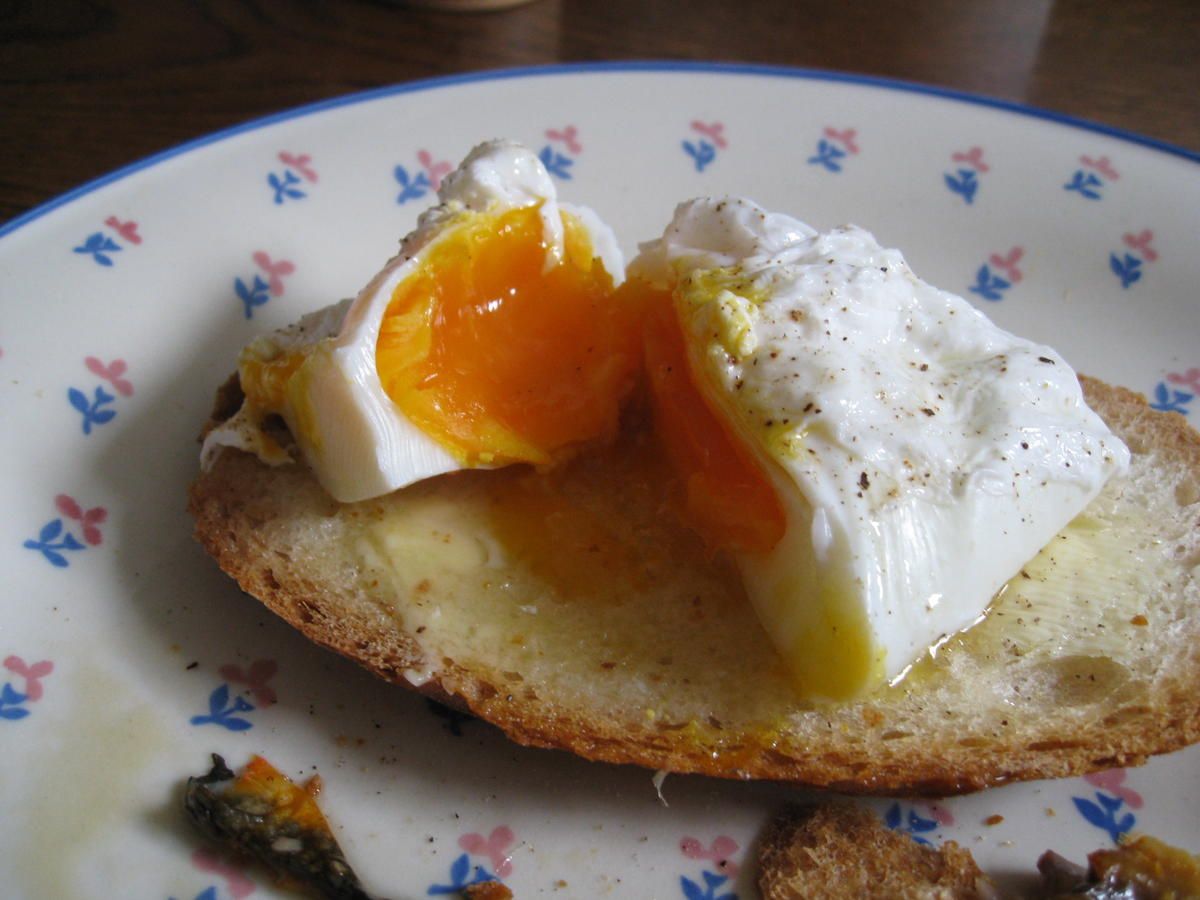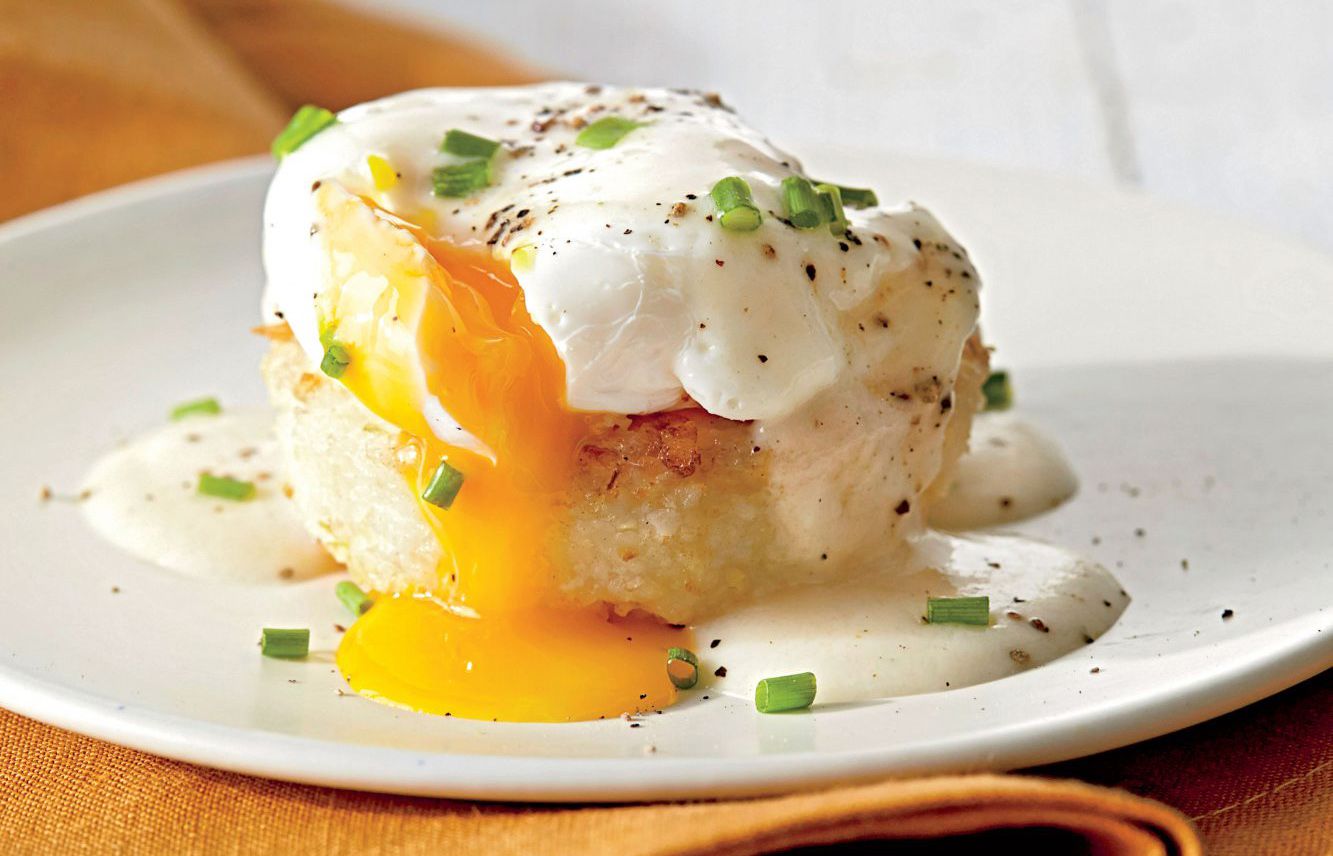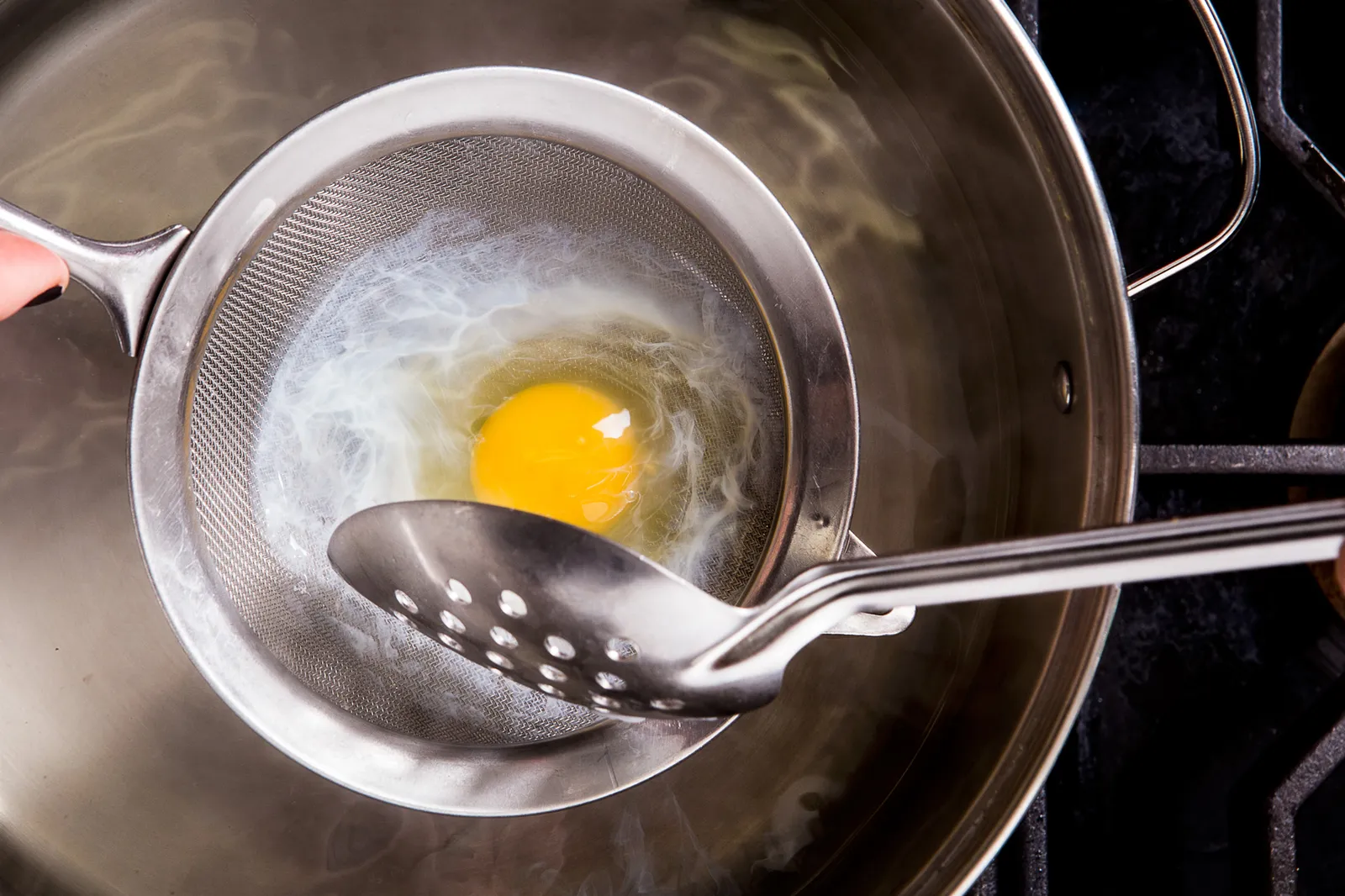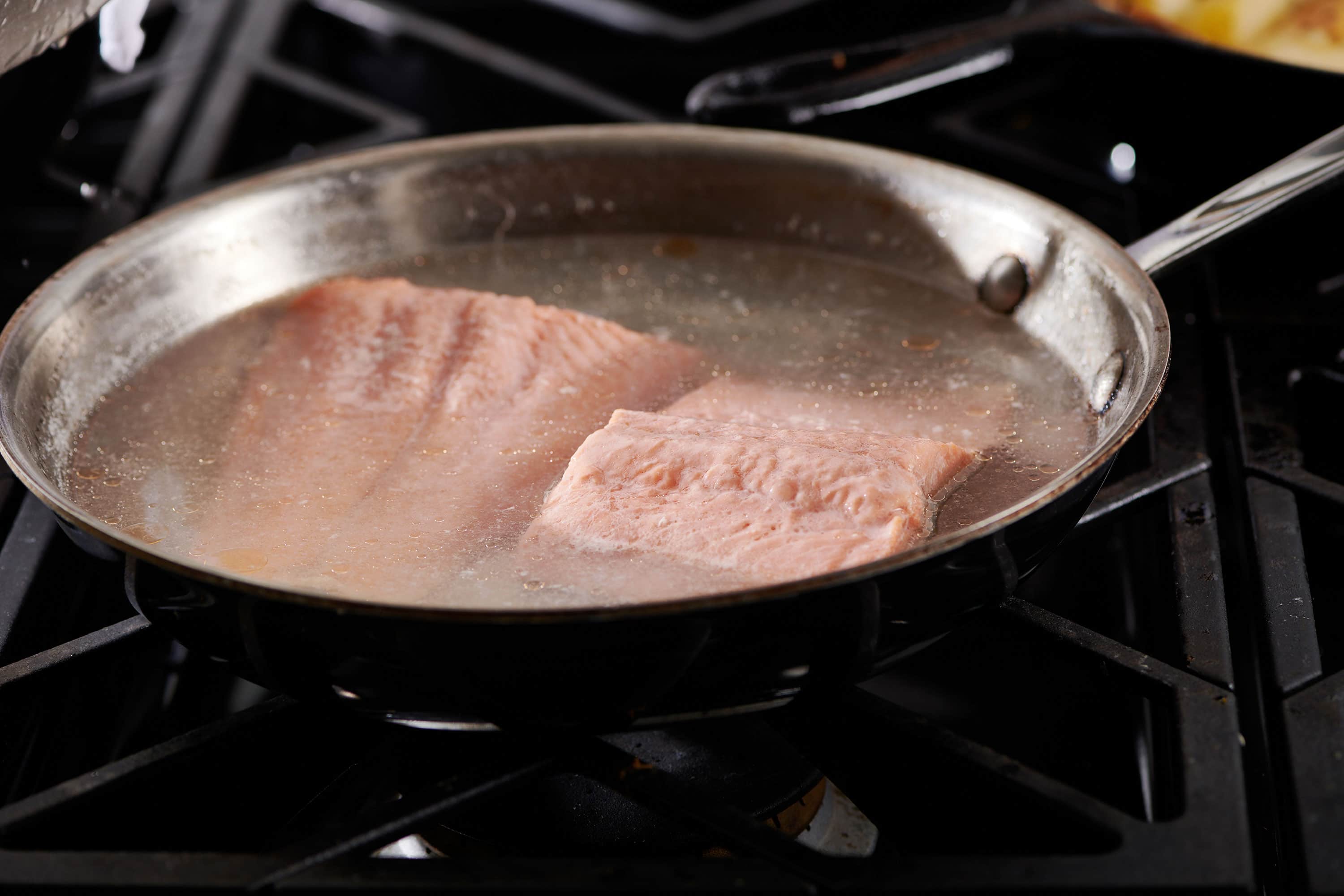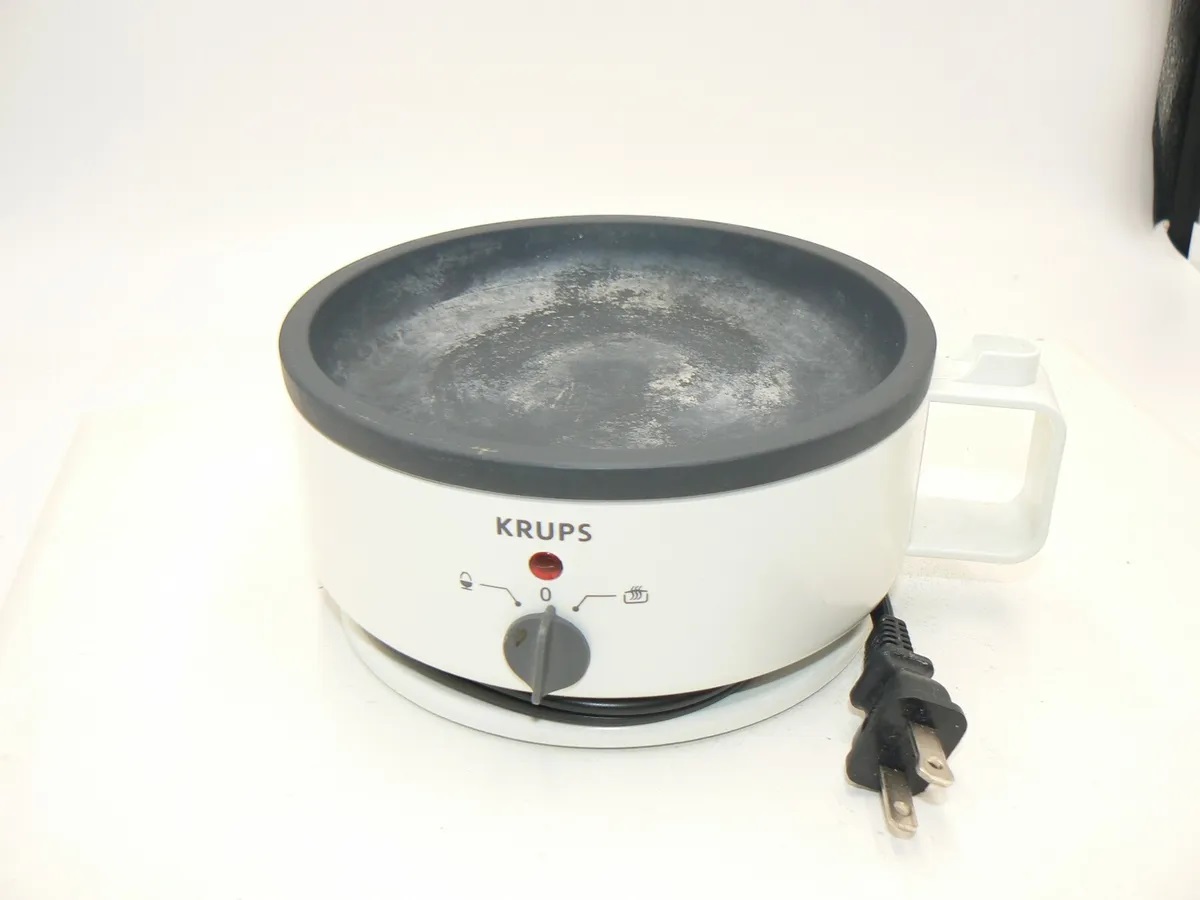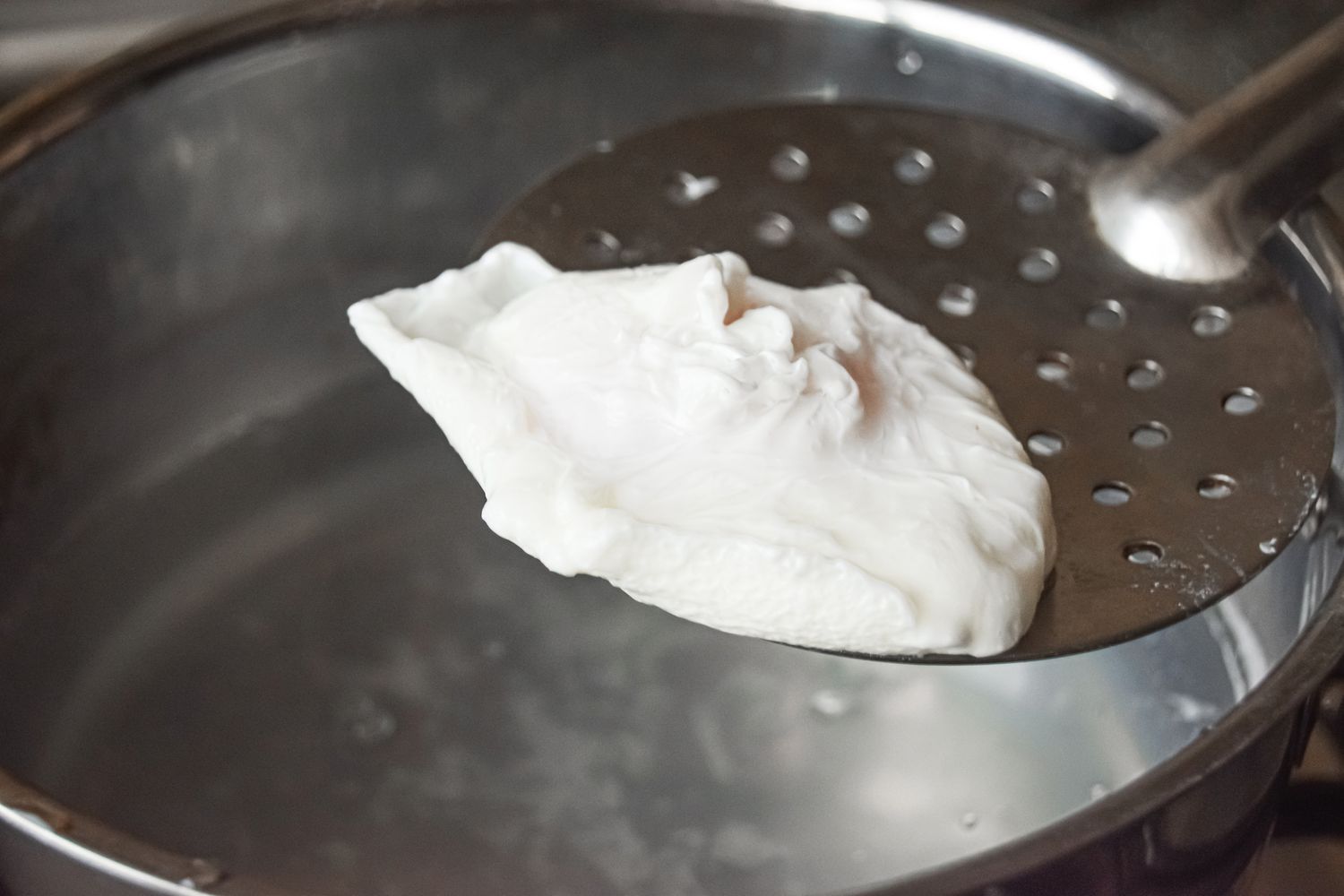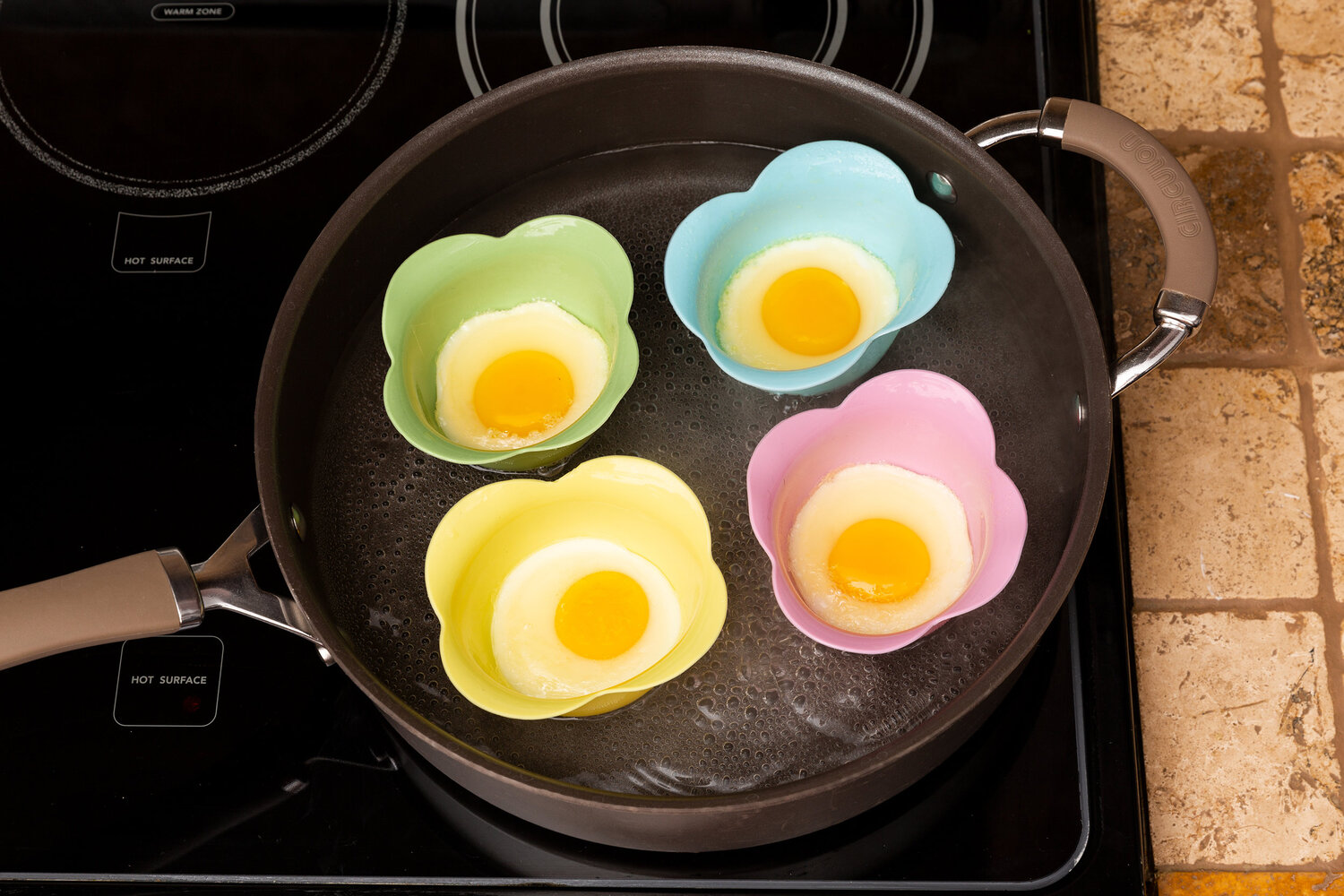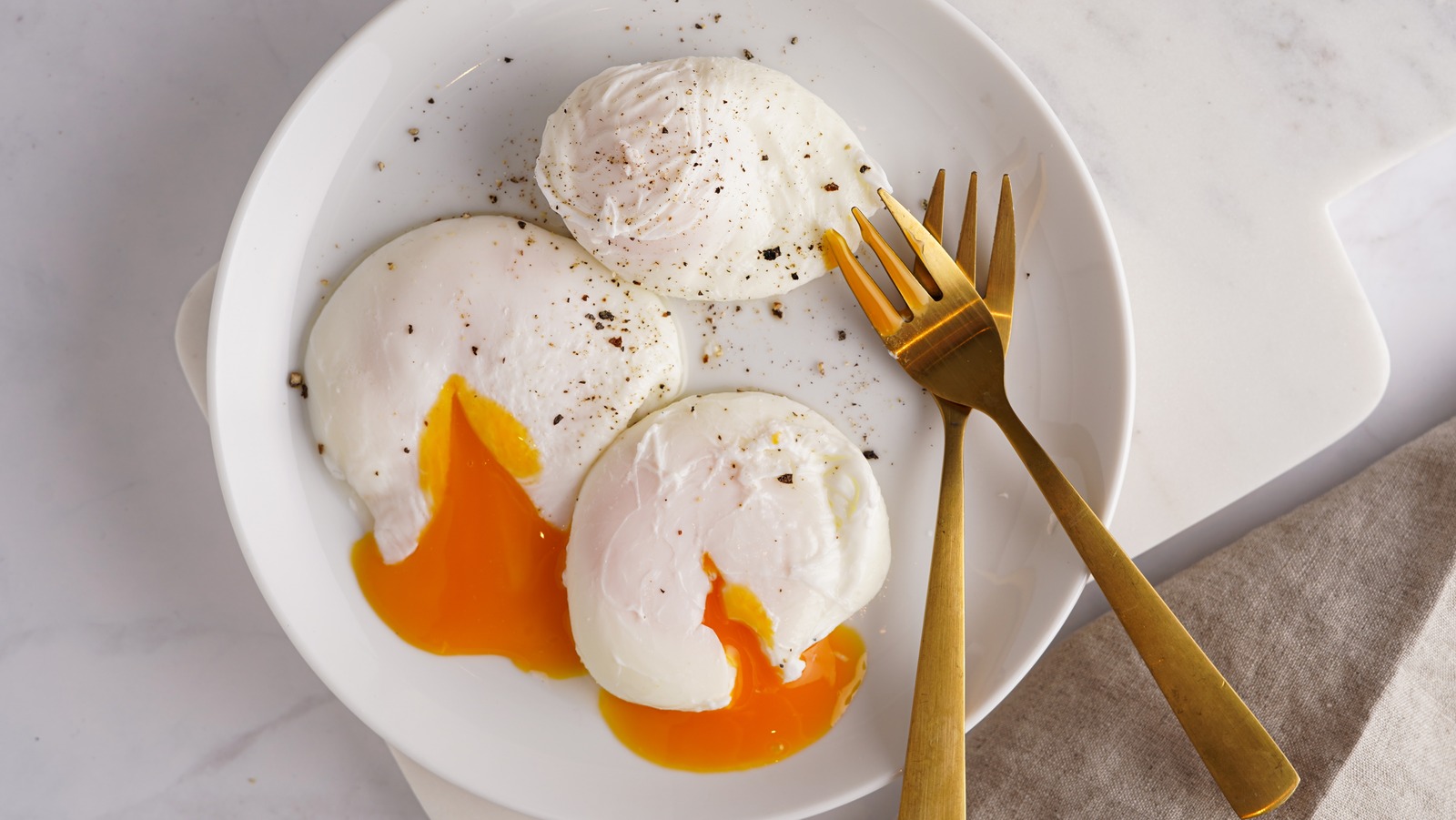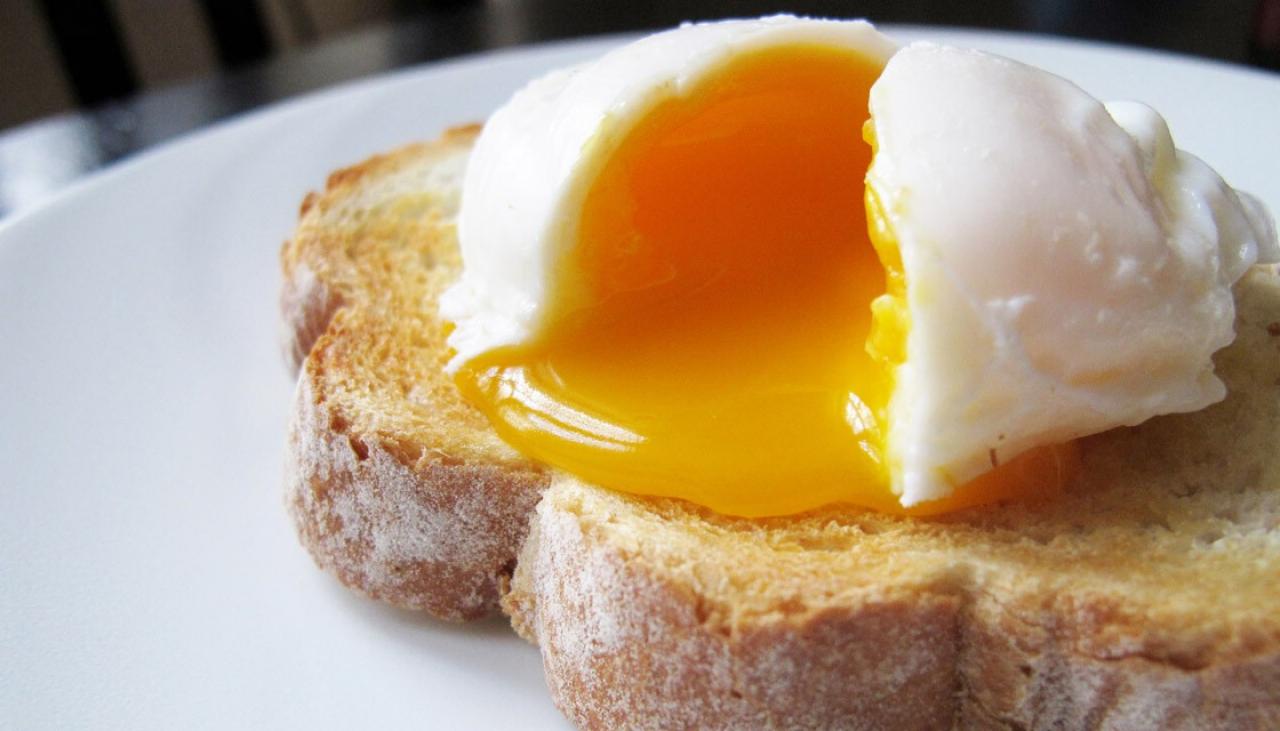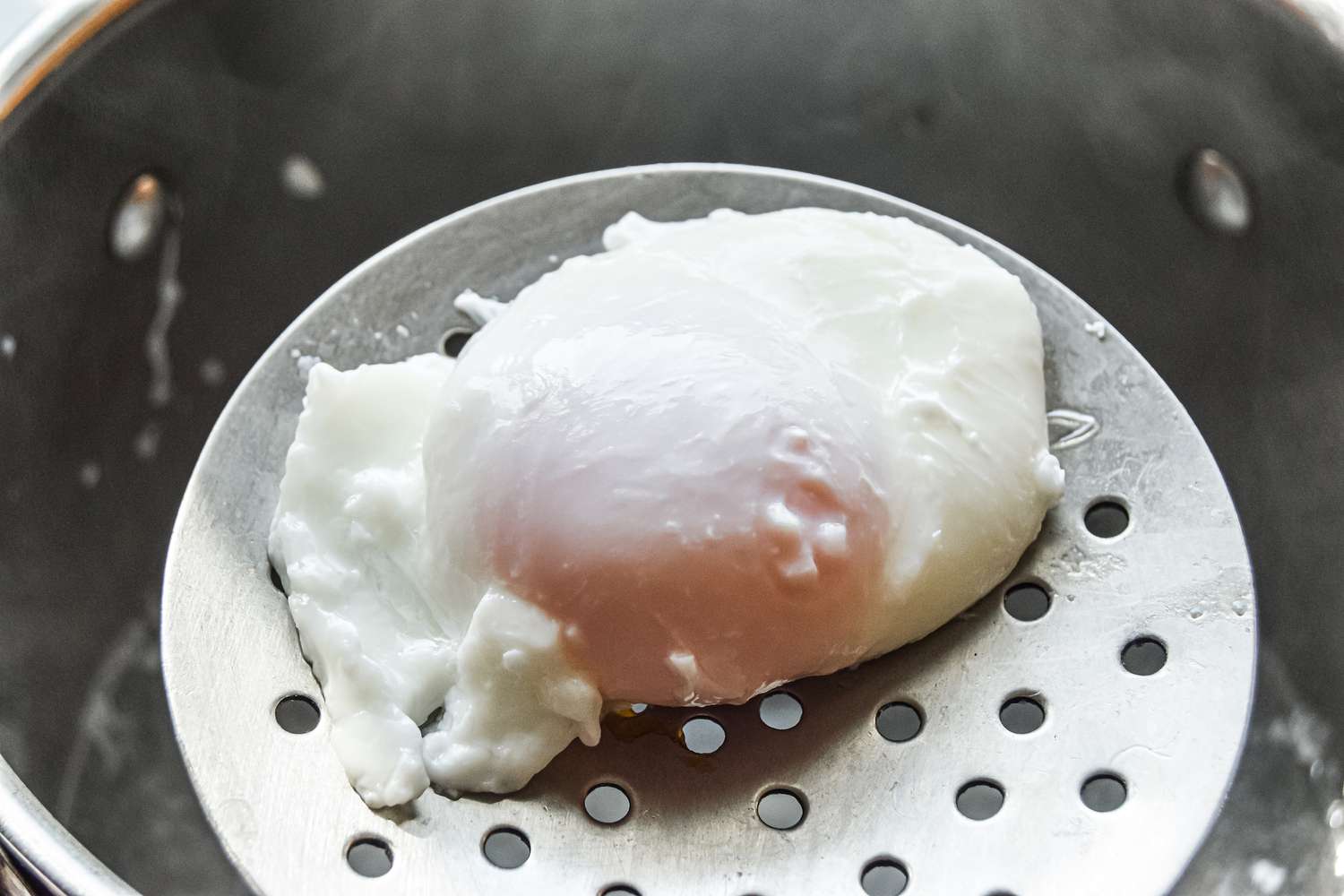Discover the Art of Poaching Crab
Welcome to the wonderful world of crab poaching! If you’re a seafood lover, you’re in for a treat. Poaching crab is a delicate process that requires patience and attention to detail, but the reward is well worth the effort. Whether you’re a seasoned chef or a novice in the kitchen, mastering the art of poaching crab will elevate your culinary skills to new heights.
Choosing the Perfect Crab
Before you can start poaching, you’ll need to select the perfect crab. Freshness is key when it comes to seafood, so look for live crabs if possible. If live crabs are not available, opt for freshly cooked ones from a reputable fish market or seafood supplier. Dungeness, blue, and stone crabs are popular choices for poaching due to their sweet and tender meat.
Preparing the Poaching Liquid
The poaching liquid is what infuses the crab with flavor and helps to keep the meat moist and tender. A classic poaching liquid for crab includes a combination of water, white wine, lemon, bay leaves, and peppercorns. Feel free to get creative with your poaching liquid by adding herbs and spices that complement the natural sweetness of the crab.
The Poaching Process
Now that you have your crab and poaching liquid ready, it’s time to start the poaching process. Follow these simple steps to ensure a perfect poach every time:
- Fill a large pot with the poaching liquid and bring it to a gentle simmer.
- Submerge the crab in the poaching liquid and cover the pot with a lid.
- Poach the crab for about 10-15 minutes, depending on the size of the crab.
- Once the crab turns a vibrant orange color, it’s ready to be removed from the poaching liquid.
Serving and Enjoying Poached Crab
After poaching the crab to perfection, it’s time to savor the fruits of your labor. Serve the poached crab with a side of melted butter or a zesty cocktail sauce. The delicate flavor of the crab meat shines best when paired with simple accompaniments that enhance its natural taste.
Whether you’re hosting a dinner party or simply treating yourself to a special meal, poached crab is a luxurious dish that never fails to impress. With a bit of practice and a whole lot of love for seafood, you’ll soon become a master of the art of poaching crab.
Conclusion
Mastering the art of poaching crab is a rewarding culinary journey that allows you to savor the delicate flavors of this delectable seafood. With the right crab, a flavorful poaching liquid, and a gentle touch, you can create a dish that’s sure to delight your taste buds and impress your guests. So, roll up your sleeves, gather your ingredients, and embark on the delicious adventure of poaching crab!


